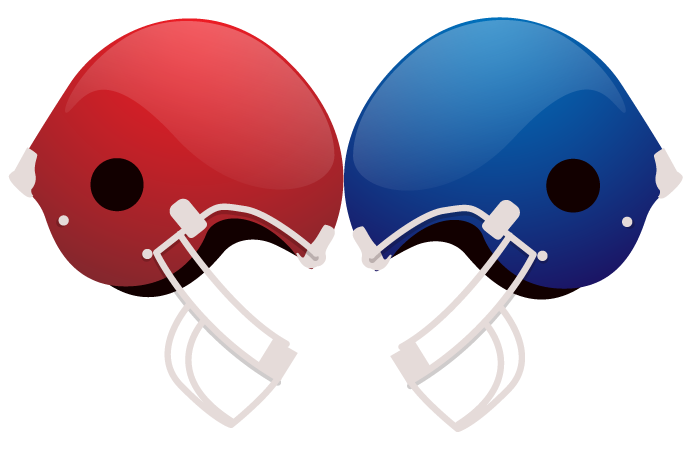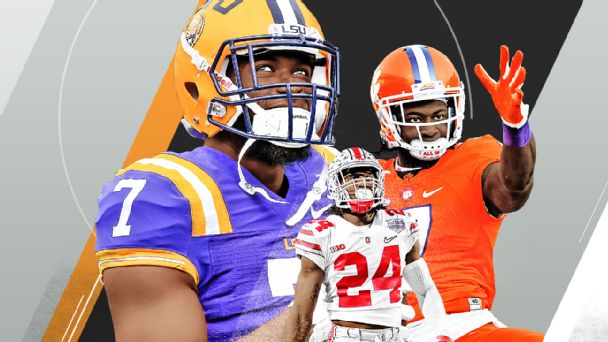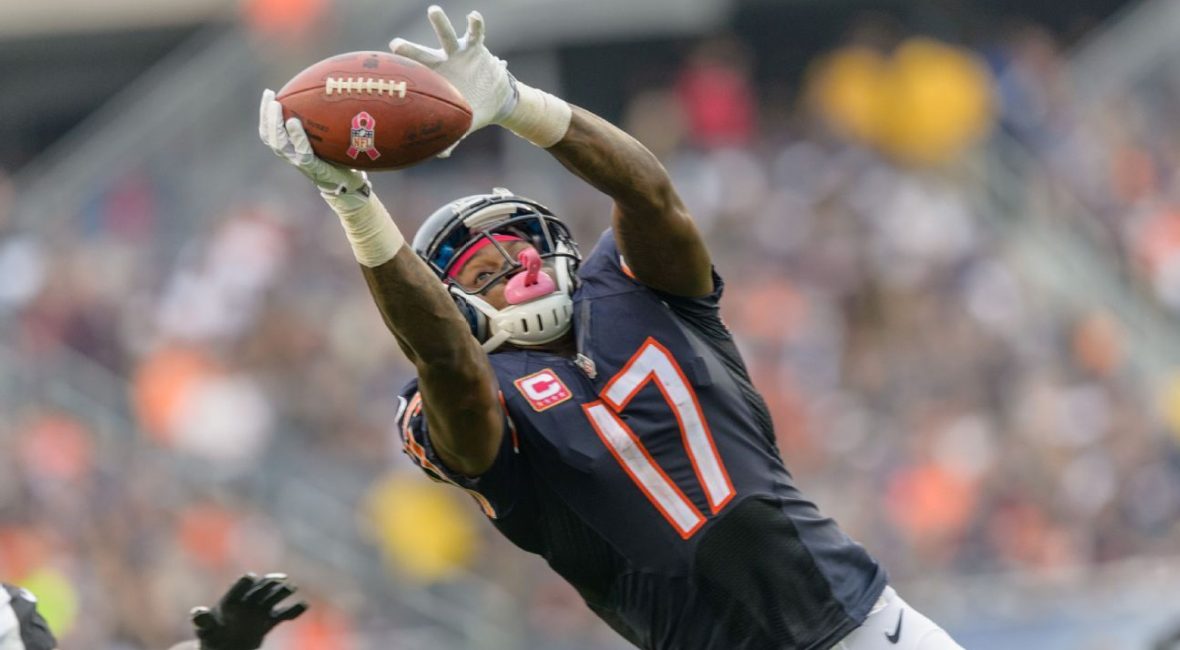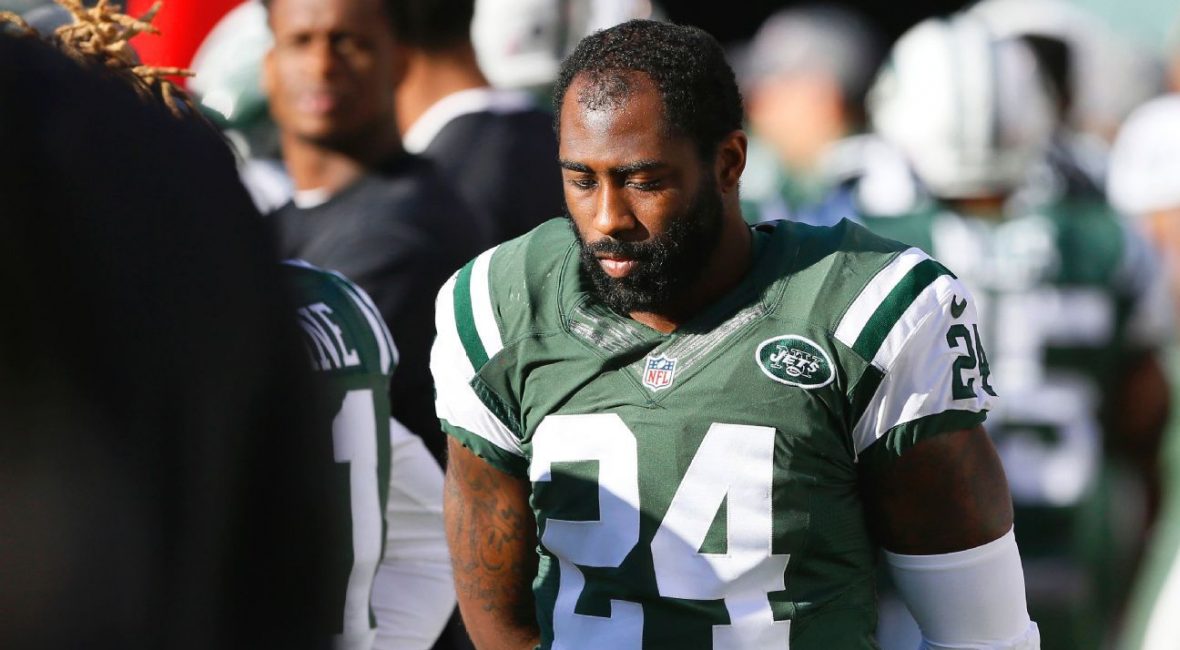-

Jason WildeESPN.com
Close- Covered the Packers since 1996
- On-air host at ESPN Milwaukee and ESPN Madison
- Two-time Wisconsin Sportswriter of the Year as selected by the National Sportscasters and Sportswriters Association
GREEN BAY, Wis. — While the Green Bay Packers’ blowout loss to the Atlanta Falcons in this year’s NFC Championship Game might’ve been easier for their fans to take than the team’s gut-wrenching meltdown against the Seattle Seahawks two years earlier, Jordy Nelson doesn’t see the difference.
“They both sucked,” the Packers veteran wide receiver said Tuesday morning during an appearance on ESPN Wisconsin’s Wilde & Tausch. “To me, they’re the same.”
That’s because, in the end, the results were the same: The Packers fell short of a Super Bowl berth, and with two losses in the NFC Championship Game in the past three years, they’re now six seasons removed from their Super Bowl XLV title following the 2010 season.
“You don’t want to lose in overtime on the last play and you don’t want to lose by 40, either. None of them are fun. They all hurt,” Nelson said. “Because when you get that close, you’ve got to win them. Especially when you start counting the years. It’s crazy to think it’s been six years since we were in the Super Bowl and how easy that seemed. And now we haven’t been back since.”
So while the Falcons’ 44-21 victory might’ve accelerated the team’s passionate fan base’s journey through Elisabeth Kübler-Ross’ five stages of grief by starting the process at halftime, Nelson believes a failure is a failure and saying the Packers’ season was anything but a failure is merely semantics.
“I think it’s all how you want to phrase it and how you want to break it down. At the end of the day, we’re here to win championships,” Nelson said. “If we win the division, we don’t hang a banner up. You don’t see that anywhere in our building, anywhere in our stadium. You wouldn’t know how many division titles the Packers have won. But you know how many Super Bowls or championships they’ve won. I think that’s where it starts.
“Now, can you have a good season and have some success and still have something to improve on but be proud of what we did? Absolutely. But to me, walking out of Seattle, walking out of Atlanta, you end up with the same feeling. I really don’t care how it got there.”
At his season-ending news conference a few days after the loss to the Falcons, coach Mike McCarthy said his team had a “successful season” but fell short of its “ultimate goal” of winning Super Bowl LI. The implication was that the Packers, who stood at 4-6 after a four-game midseason losing streak but won eight straight games to reach the NFC title game, aren’t light years away from their second NFL championship on McCarthy’s watch. At no point did McCarthy suggest that the outcome was acceptable to him or the rest of the organization.
“You don’t want to lose in overtime on the last play and you don’t want to lose by 40, either. None of them are fun. They all hurt.”
Wide receiver Jordy Nelson on the Packers’ NFC Championship Game defeats
“To me, I think it’s all words and how you phrase it. Did we have a good season? Yes. I don’t think you can complain about getting to the NFC Championship Game,” Nelson said. “But if you sit there and say your goal is to win a championship, and then you don’t, and then you still go on and say what a great of a year and a team you were, then you’re kind of talking out of both sides of your mouth.
“Our goal is to win a Super Bowl. Can you have good seasons? Can you have a successful season? To me, it’s not a full success unless we win a championship. And that’s the position we put ourselves in. … God forbid, the losing streak we went on last season, which was not the most enjoyable. That’s why everyone jumps on us, because we’ve set the standard so high. It’s a great standard to have; it’s a hard one to live up to. But to me, it’s better than sitting there and saying you’re not going to go 8-8 this year.”
Meanwhile, Nelson said the Packers came out of the locker room at halftime against the Falcons believing they could rally from the 24-0 deficit they faced to start the third quarter, and watching the New England Patriots’ comeback from down 28-3 in the Super Bowl only served as a reminder to him that the Packers could’ve done the same thing had they executed better.
“Seattle we were close; we blew it. But to be honest with you, I feel like we blew the Atlanta one, too,” Nelson said. “Obviously they played extremely well. I don’t want to take anything away from Atlanta. But we had opportunities early in the game to score, we had opportunities on defense to make a couple plays on defense and weren’t able to and they just never stopped scoring.
“When we came out at halftime, what we were envisioning coming out of halftime was what New England did to them in the Super Bowl. We were down a lot, New England was down a lot and we just needed a couple stops and for us to score and all of a sudden momentum changes.”
Editor’s note: Jason Wilde covers the Green Bay Packers for ESPN Wisconsin.





 Round 1: April 27, 8 p.m. ET
Round 1: April 27, 8 p.m. ET
